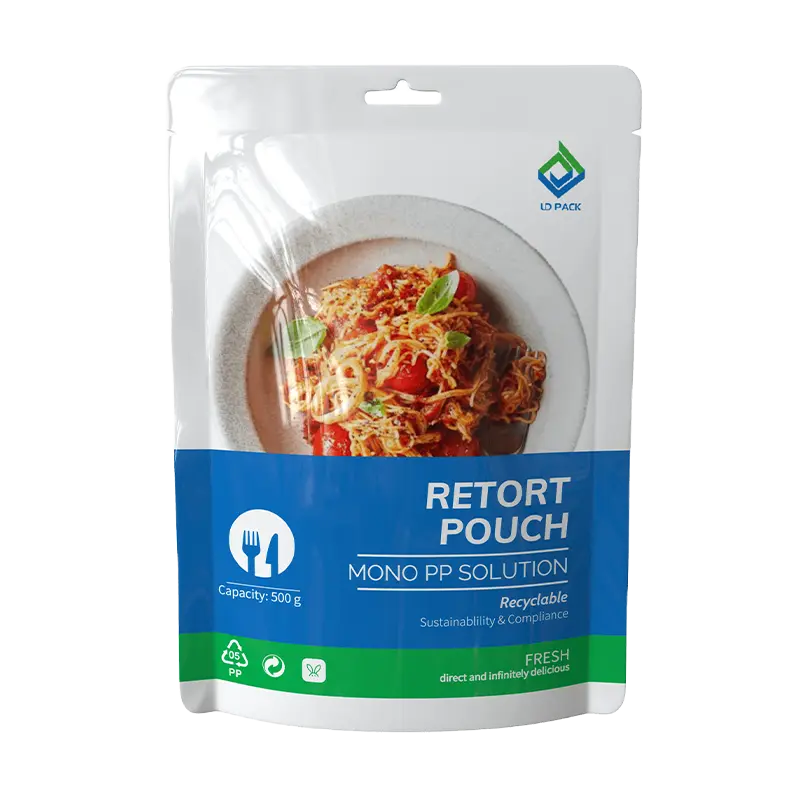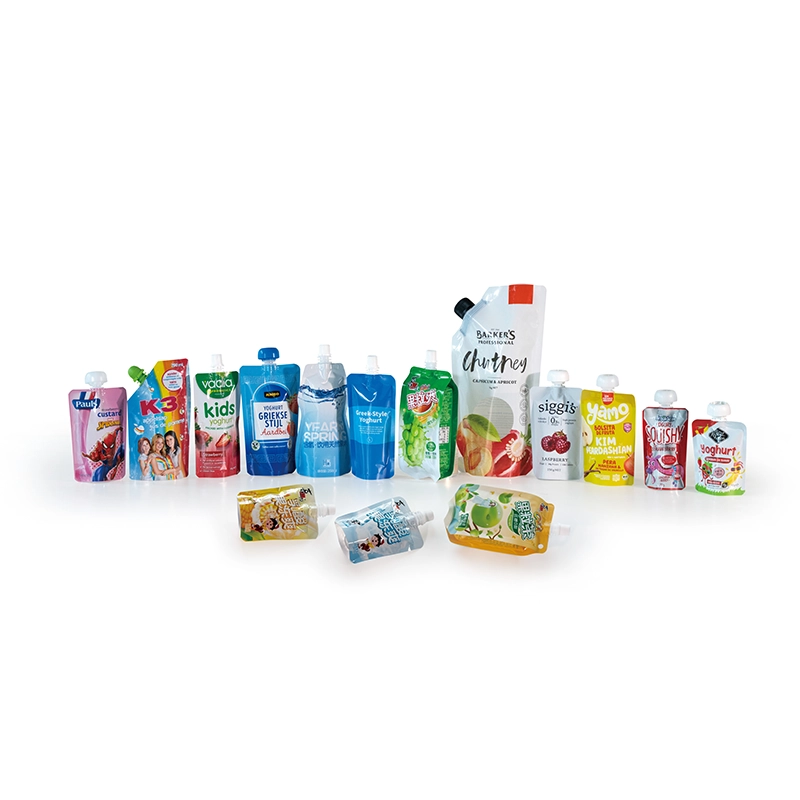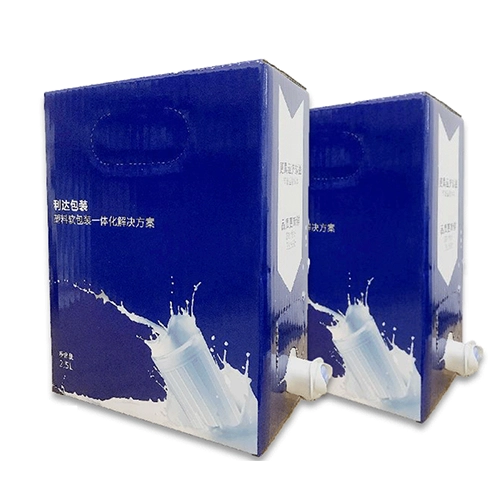Lamination Structure of Different Packaging Type
(1) Normal Packaging
Normal packaging refers to those packaging that the inside food is not easy to deteriorate during the shelf life and ordinary storage conditions, and no need to sterilize the packaged food. The common structures include PP/Aluminized CPP, PET/CPP(LDPE), OPP/CPP(LDPE), OPP Single layer heat sealing film etc.
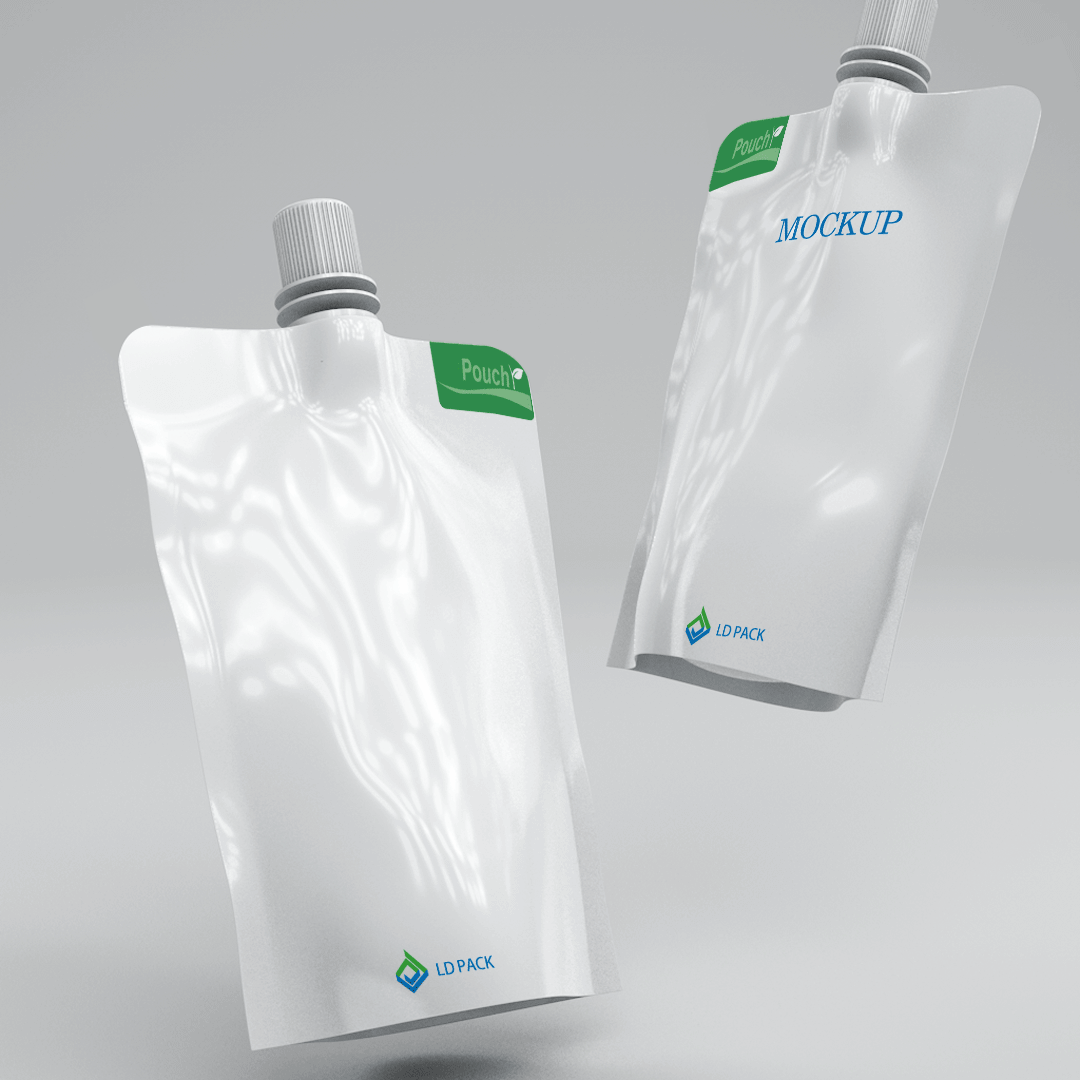
(2) Vacuum Packaging
Vacuum packaging refers to that some food packaging require vacuum preservation, such as dried beans, rice, meat products and other foods.
The vacuuming is mainly used to exclude the initial oxygen and water inside the package, aiming at:
①Inhibit the initial oxidation of oil. Many oily foods are very prone to oil oxidation. If no vacuuming, the oxygen in the package may oxidize the oil, and be faster in the subsequent circulation process. Even the packaging with high oxygen resistance, it is difficult to inhibit its oxidation.
②Reduce the initial number of microorganisms. Without vacuuming, oxygen and water in the package will make microorganisms grow and reproduce to a certain initial number. The reproduction of microorganisms in the later period will increase geometrically and quickly, so if the initial number is large, it is difficult to control in the later period of circulation.
The common structures of vacuuming packaging include NY/LDPE, NY/RCPP, PETNY/LDPE. Firstly, the composite film has high barrier to reduce the external oxygen and water to impact the inner food quality, but also to maintain the vacuum inside the package; Secondly, these composite films have better softness and will not appear sharp corners after vacuuming, avoiding to puncture other packaging during the production and circulation.

(3) Gas-filled Packaging
Gas-filled packaging refers to the packaging is filled with the specific proportions of gas or just air. The Packaging filled with specific gas is also called Modifed Atmosphere Packaging (MAP). It is a packaging method to remove the original air and refill a gas mixture in certain proportions in accordance with the features of contents, resulting in better maintain the food quality. Only filled with air is mainly to make the packaging expansion, forming an air buffer layer to avoid vibration, drop, impact and other mechanical effects on fragile food during the circulation process.
The common gas-filled packaging applications include crisps, fresh food, sauce and snacks etc. The composite film of gas-filled packaging requires High barrier, high heat sealing strength and good sealing performance. That’s because: Gas-filled packaging will form the pressure difference the inside and outside the packaging, usually the internal pressure is greater than the external pressure, and the internal gas is easy to overflow; The inside and outside of the package will also form a partial pressure difference of O2, CO2 and N2. For example, for 100% N2 filled packaging, the partial pressure of O2 outside the packaging is 21%, and the internal pressure is only 0. This O2 partial pressure difference will promote the external oxygen to enter the packaging through the film; At the same time, the N2 inside the package is 100%, and the outside is 78%. This partial pressure difference of N2 may make the internal N2 escape outside through the film. Therefore, the barrier and sealing performance of the packaging are extremely important to prevent the exchange of gas inside and outside the packaging.
At present, the common film structures include OPP/ Aluminized PET/LDPE (CPP), PET/ Aluminized PET/LDPE (CPP), PET/AL/LDPE, PET/NY/LDPE, KOPP(KPET)/CPP, NY/EVOH/LDPE, etc.
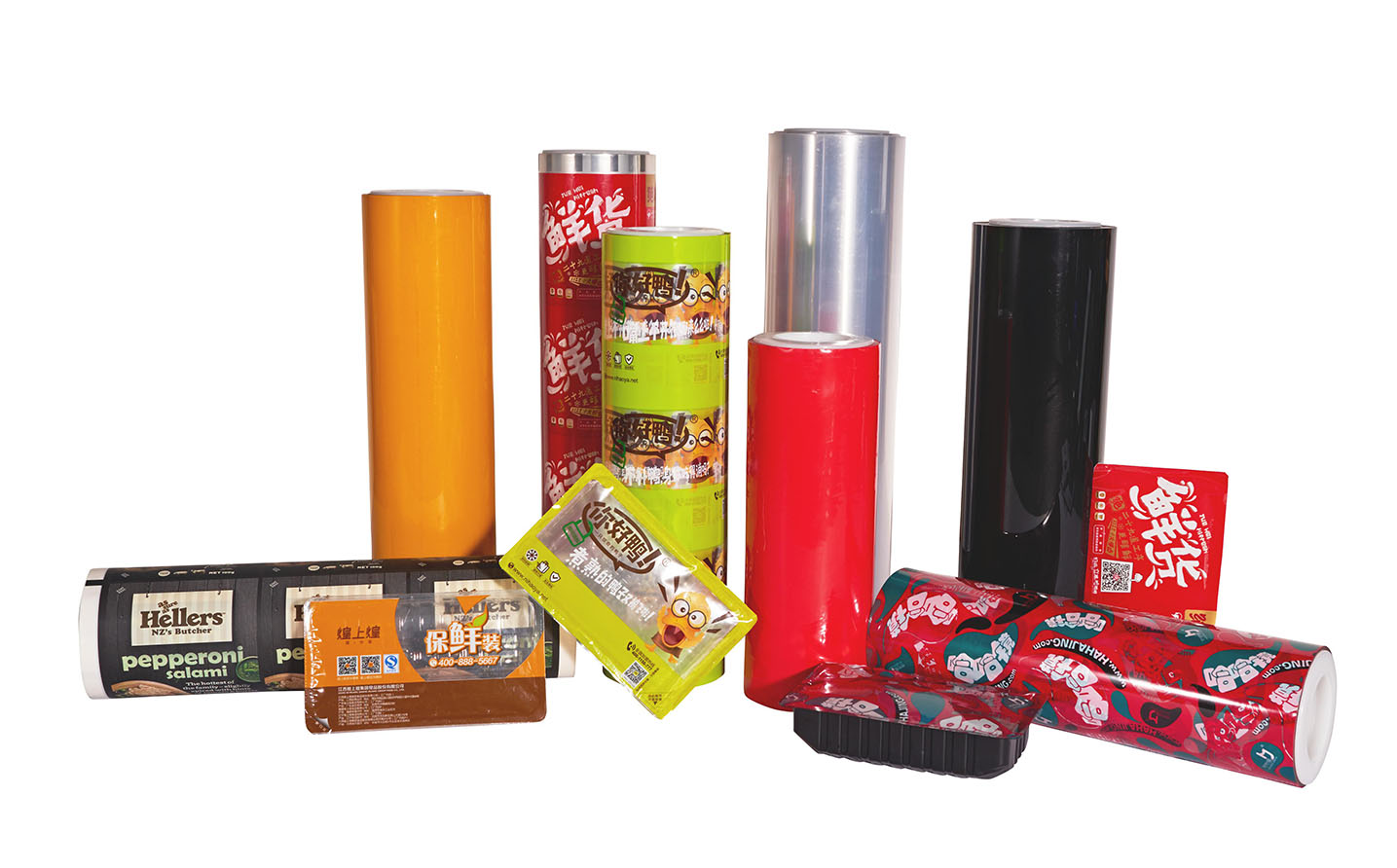
(4) Microwave Packaging
Microwave packaging mainly refers to the packaging that can be heated in the microwave oven with food. The common foods include noodles or rice with sauce. Microwave packaging materials should not have metal materials, since metal will generate spark in the microwave, resulting in failure or harm. The microwave packaging requires gas venting due to that the packaging will expand affected by the evaporation of water in food after microwave. The common film structures are PET/NY/LDPE, PET/LDPE, NY/LDPE, etc.
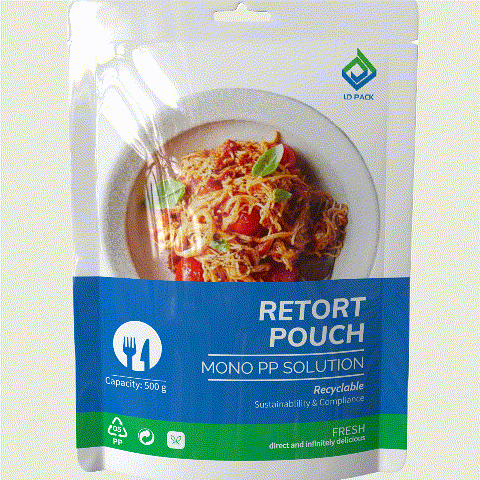
(5) Low Temperature Sealing Packaging
Low temperature sealing packaging refers to a packaging for some foods, such as chocolate, which is easy to melt at high temperature. It’s not suitable for common sealing technology at high temperature and required to be sealed at low temperature through pressure and other means. The packaging composite film is required low temperature sealing. Generally, cold sealing glue is applied to the bag seal, and a positioning coating device is required. The common film structures include OPP/ pearled OPP and OPP/VMCPP.
(6) Frozen Packaging
Frozen packaging refers to the packaging of food products that need to be circulated at cooling or freezing temperatures, with common application of dumplings, steamed buns, ice cream etc.
The composite film of frozen packaging requires:
①Good low temperature resistance. The film is not brittle at low temperature;
②Good puncture resistance. Because the edges and corners of the film are easy to harden and puncture other bags at low temperature;
③Good low temperature heat sealing. It can be well sealed at low temperature;
④Good drop resistance. The film can withstand impact without rupture during cold chain transportation.
The common film structures include PET/LDPE, NY/LDPE, OPP/LDPE etc.

(7) Shaped Packaging
Shaped packaging refers to the packaging that is not a regular shape, such as the packaging of frozen food. Shaped packaging composite film requires good stiffness and good punching die performance , so as to be cut easily. The common film structures include PET/CPP/LDPE, NY/RCPP, PET/AL/CPPILDPE etc.

(8) Air Valve Packaging
Air valve packaging is the packaging with an air valve. Coffee will use this type of packaging, because the roasted coffee will generate CO2, which must be excluded from the packaging, otherwise, it will expand and broken. Meanwhile, make sure the outside oxygen can not enter inside, so it is necessary to use the air valve on the packaging. The common film structures include PET/AL/NY/LDPE and NY/LDPE.

(9) Water-boiled Packaging
Water-boiled packaging refers to food packaging that can withstand sterilization in 100℃ water boiling for 30 min. Many kinds of food such as pickled cabbage, Chinese sauerkraut, sauce etc., are required to be boiled and sterilized. Although different foods may be required lower than 100℃ or less than 30min, the packaging material must be able to withstand heating at 100℃ for 30min, aiming to meet the needs of different foods. In addition to high temperature resistance, the composite films are also required high heat sealing strength and high peeling strength to ensure the packaging will not be destroyed or delaminated by high temperature during water boiling. The common film structures include PET/Aluminized PET/LDPE, NY/LDPE, PET/AL/NY/CPP, etc.
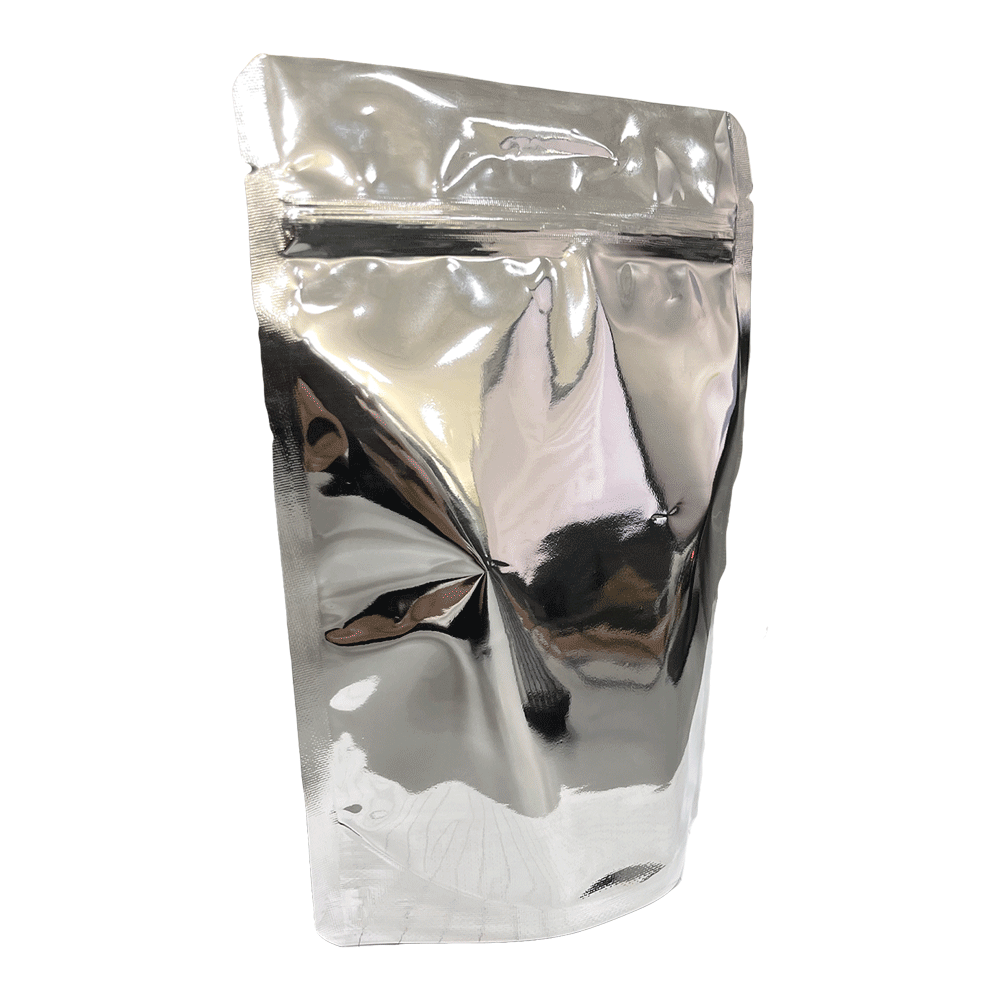
(10) Retort Packaging
Retort packaging refers to food packaging that is available for high temperature and high pressure sterilization at 110~135℃ for 30 minutes. Common foods required retorting are dried tofu, meat products, sauces, etc. Retort packaging is required high heat sealing strength and peeling strength to ensure the packaging does not burst and peel with the same reasons as the water-boiled packaging. The common film structures include PET/AL/NY/CPP, NY/RCPP, PETINY/RCPP, etc.
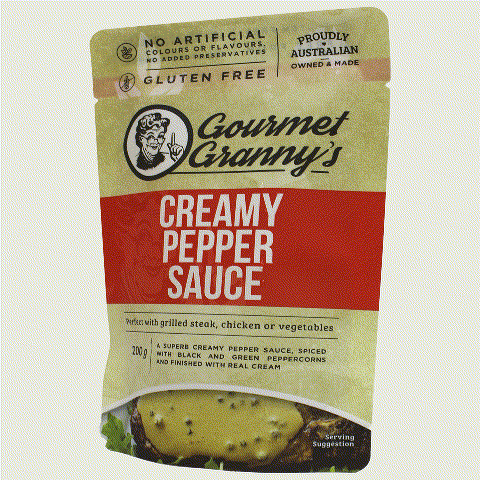
(11) Irradiation Packaging
Irradiation packaging refers to the packaging of food that needs irradiation sterilization, such as cooked chicken feet and other foods. Irradiation packaging materials require heat sealing strength, peeling strength, and tensile strength not to degrade in performance due to irradiation. The common film structure include NY/LDPE, PET/ Aluminized PET/LDPE, etc.
Lamination Structure of Different Packaging Type
| Packaging Type | Requirements | Structure | Application |
| Normal Packaging | No special requirement, normal heat sealing | OPP/Aluminized CPPPET/CPP(LDPE) OPP/CPP(LDPE) OPP Single layer heat sealing film | Instant Noodles, Candies, Bread Vacuum Packaging |
| Vacuum Packaging | High barrier, good softness | NY/LDPE NY/RCPP PET/NY/LDPE | Dried Tofu, Rice |
| Gas-filled Packaging | High barrier, high heat sealing strength, good sealing performance | OPP/Aluminized PET/LDPE(CPP) PET/Aluminized PET/LDPE ( CPP) PET/AL/LDPE PET/NY/LDPE KOPP(KPET)/CPP NY/EVOH/LDPE | Potato Chips, Fresh Food, Cooked Meat Products |
| Microwave Packaging | Available for microwave heating, can release gas after food heating | PET/NY/LDPE PET/LDPE NY/LDPE | Noodles/Rice with Sauce |
| Low Temperature Sealing Packaging | Good low temperature sealability, can locate the cold sealant | Pearled OPP OPP/Pearled OPP | Chocolate |
| Frozen Packaging | Good low temperature, puncture, drop resistance, and good heat sealing | PET/LDPE NY/LDPE OPP/LDPE (PP) | Dumpling,Steamed Bun, Ice Cream |
| Shaped Packaging | Good stiffness & punching die performance | PET/CPP(LDPE) NY/RCPP PET/AL/CPP(LDPE) | Jelly |
| Air Valve Packaging | The composite film can weld the valve normally | PET/AL/NY/LDPE NY/LDPE | Coffee |
| Water-Boiled Packaging | Boiling water sterilization at 100℃ for 30 min, High heat sealing & peeling strength | PET/Aluminized PET/LDPE NY/LDPE PET/ALNY/CPP | Pickled Cabbage,Chinese Sauerkraut, Sauce |
| Retort Packaging | Retort sterilization at 121℃ for 30 min, High heat sealing & peeling strength | PET/AL/NY/CPP NY/RCPP PET/NY/RCPP | Dried Tofu, Meat Products,Sauce |
| Irradiation Packaging | The heat sealing, peeling and tensile strength of the film will not be impacted by irradiation | NY/LDPEPET/Aluminized PET/LDPE | Cooked Chicken Claw |


